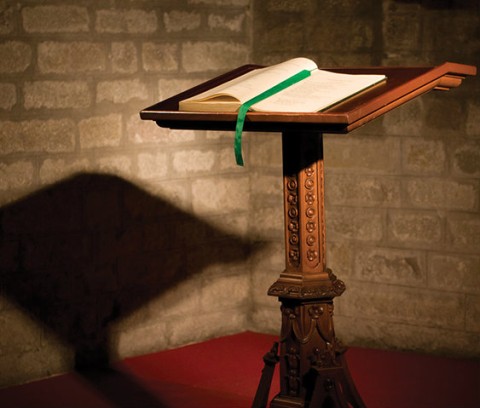What's the text: Alternatives to the common lectionary
The RCL includes a few "optional" readings, to be subbed in as needed. Of course, it's all optional.

Whenever I plan a Maundy Thursday service, I get annoyed with the lectionary. Why isn’t the second reading 1 John 4? I get that Paul’s account of the words of institution for the Lord’s Supper in 1 Corinthians is assigned to cover for the lack of an account in John’s Gospel. Still, the day is named for the New Commandment. Jesus, gearing up for the most terrifying experience he and his disciples will ever know, commands them to love one another. It’d be nice if 1 John’s gloss—that such love casts out fear—also made the cut.
This fairly arbitrary objection may be mine alone. But lots of us worship planners have pet frustrations with the Revised Common Lectionary (1992). My Facebook newsfeed—a place much like the wider world, if half the population went to seminary—attests to these regularly.
Why pair these readings? Why skip those verses? How will we survive an entire month on Jesus the long-winded bread of life? Does Christ’s appearance to Thomas really need to come up every Low Sunday (leaving young associate ministers—preaching while the senior pastor takes the week off—with thick files of sermons on doubt or woundedness or bodily resurrection)?





